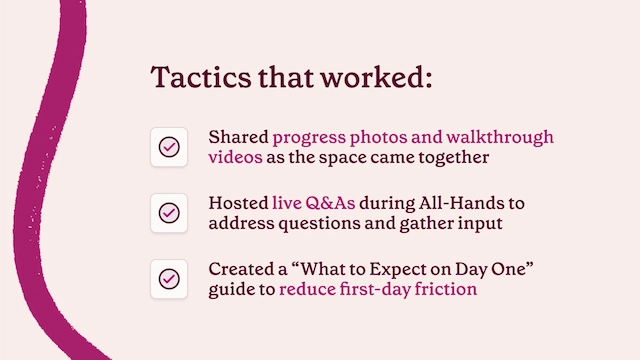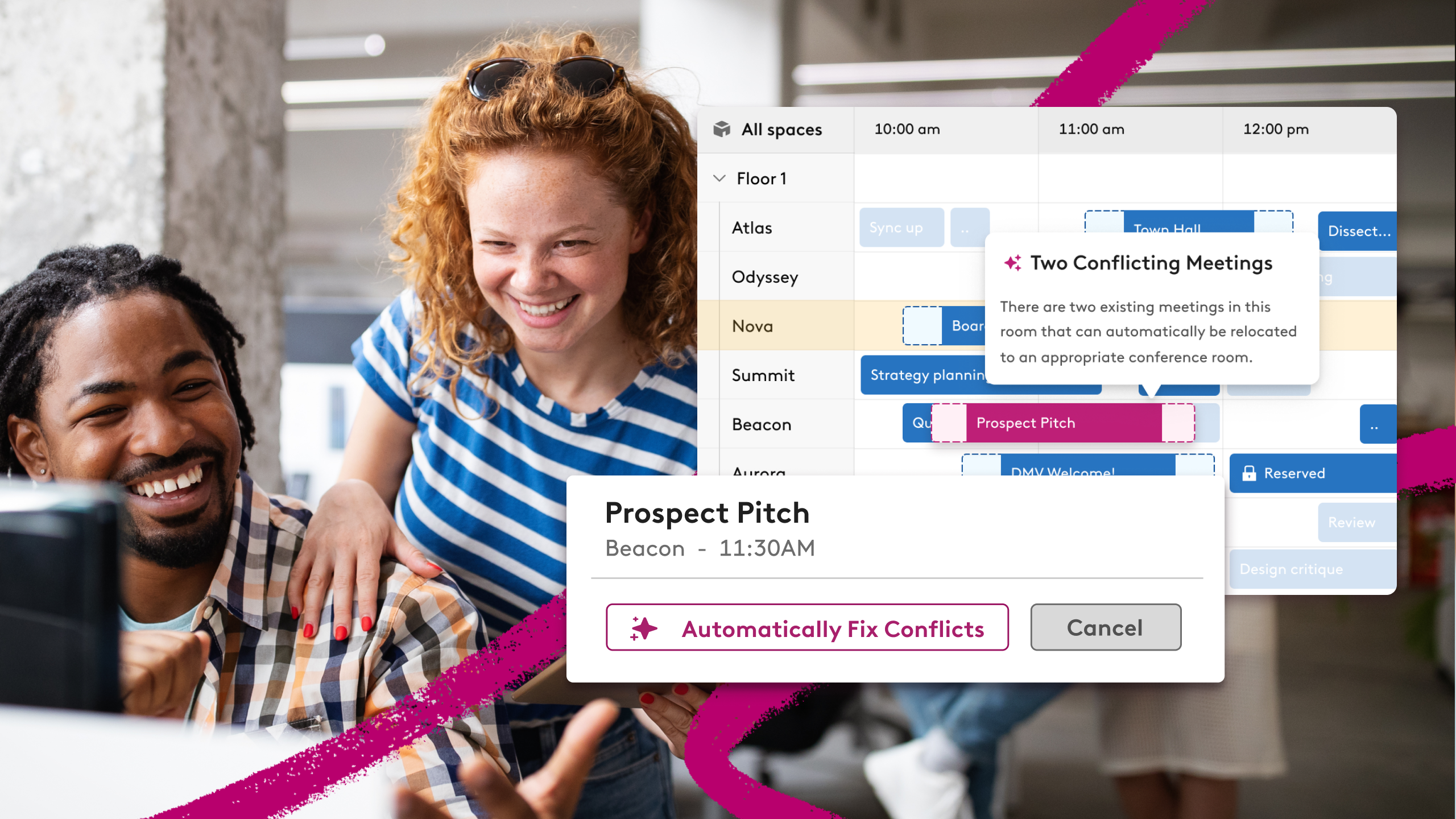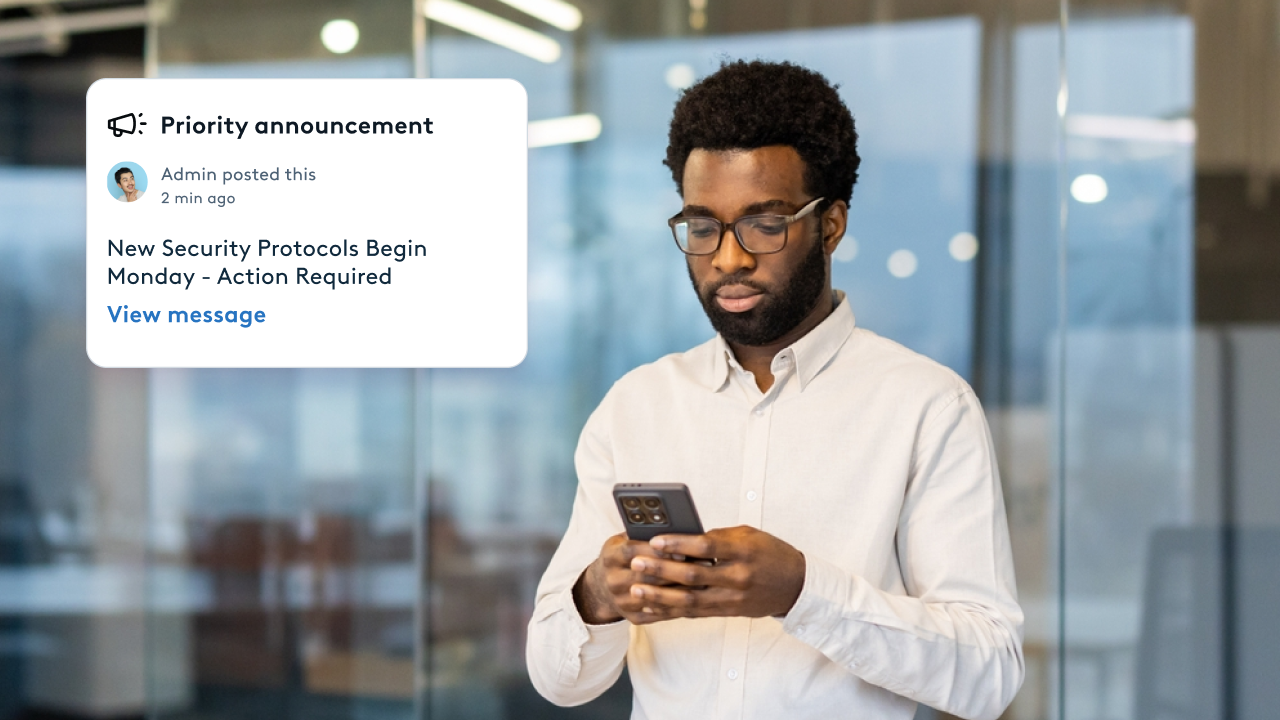What You Need to Know about Space Planning and Change Management
.jpeg)
Welcome back to our Office Move Lessons series. In Part 3, we dug into IT infrastructure and what it takes to get your systems up and running before day one. Now, we’re turning our focus to two equally essential—but often underestimated—aspects of any successful move:
✅ Designing a flexible, functional layout based on how your team really works
✅ Managing the human side of change, from pre-move excitement to post-move engagement
Because let’s be honest, no one wants to move into a beautiful new office that no one uses.
Lesson 1: From Data to Floorplan—Turning Insights into Action
In Part 3, we shared how Robin’s workplace data helped us decide what spaces to prioritize. In Part 4, we’re going deeper—into how we used those insights to plan a space that works for real people, not just blueprints.
“We used Robin’s space planning tools to create mockups and run layout simulations,” said Emily Anderson, Robin's Workplace Experience Specialist. “We weren’t just designing for aesthetics—we were planning for movement, collaboration, and day-to-day experience.”

So, how did we use Robin to model the space?
First, we went to the drawing board to digitally map traffic flow between key areas like desks, kitchen, and meeting rooms. By understanding how and where people would get around helped us plan for a collaborative space.
This digital layout enabled us to visualize how different desk layouts impacted openness, noise, and accessibility We then went on to model the ratio of collaborative vs. heads-down spaces using real booking patterns from our teams. By leaning on real office usage data points we made decisions more confidently, when you know how your current spaces are being used, you can more accurately predict needs in your new space.
It also helped drive alignment across teams. Sometimes, in order to truly conceptualize a space you need a visual aide. Using Robin's user-friendly space planning tools and drafting options, relevant team members can easily preview the plans and flag any issues or particular preferences.

Lesson 2: Rethink, Reuse, Refresh
Contrary to popular belief, a new office doesn’t have to mean a brand-new furniture budget. At Robin, we saw the move as a chance to rethink how we used what we already had—and save money in the process.
“We moved a ton of our existing furniture into the new space,” Emily explained. “But we got creative with how we repurposed it so the space still felt fresh.”
📦 Examples of budget-friendly refreshes:
- Repurposed lounge chairs into casual meeting zones
- Reused storage pieces as natural dividers between teams
- Converted old shelving into plant walls and acoustic buffers
It wasn’t about cutting corners, it was about being intentional. By reimagining what we had, we were able to invest more in what mattered most: collaboration areas, tech-enabled rooms, and thoughtful touches that support hybrid work.
The result was a space that felt both new and familiar which made it easier for employees to settle in.
Lesson 3: Bring Employees Into the Journey—Early and Often
Office moves can spark anxiety, even when they’re positive. That’s why Robin’s People team approached change management as a strategic priority—not an afterthought.
“An office move isn’t just a facilities project. It’s a culture moment,” said Elizabeth Fierman, VP of People. “We treated it as an opportunity to reengage our team, reinforce our values, and get people excited about what’s next.”
Of course, that process involved some trial and error. Here's what worked for us:

But beyond logistics, the team also focused on redefining how the office fits into flexible work.
Lesson 4: Redefine the Role of the Office in a Hybrid World
One of the biggest unlocks for Robin was realizing that office usage isn’t just about policy—it’s about purpose.
We used the move as a moment to reset expectations. We asked: What do we want the office to be? When does it add value? And how can we support that without forcing it?
That meant focusing the office on:
- Collaboration and ideation
- Team rituals and connection
- Heads-down work for those who prefer it—or need a break from home distractions
“The office isn’t just a place, it’s a tool, an opportunity to connect teams,” said Elizabeth. “If employees walk in and feel like everything supports their work, then we’ve done our job.”
Lesson 5: Don’t Sleep on the First-Day Experience
The first day in a new office is your chance to set the tone. At Robin, we treated it like a product launch—complete with welcome signage, snacks, and a few celebratory surprises.
“We knew that first impressions would matter,” Emily said. “So we made sure the space was not only ready, but inviting. When people arrived, they didn’t just see a new office, they saw all the work that went into making it feel like their space."
✅ Pre-move checklist:
- All badge access and entry credentials working
- Conference rooms tech-tested and signage in place
- Common areas clean, stocked, and easy to navigate
- Swag and snacks on desks to welcome the team back

Key Takeaway: Offices Should Reflect How You (Want to) Work
Robin’s move wasn’t about replicating the past, it was about building a space that reflects the future of work: hybrid, flexible, intentional.
And it wasn’t just about layout. It was about buy-in. It was about creating a culture.
“You can build the perfect space on paper. But if you don’t bring your people along, it won’t matter," explains John O'Donnell, Robin CFO. "The real success comes from alignment—between your workplace, your tools, and your team.”
📍Coming Up Next: Ensuring Long-Term Success After the Move
In Part 5, we’ll share how Robin has continued to adapt its new HQ—tracking ROI, gathering feedback, and optimizing the workplace over time.
📚 Catch up on the series:












